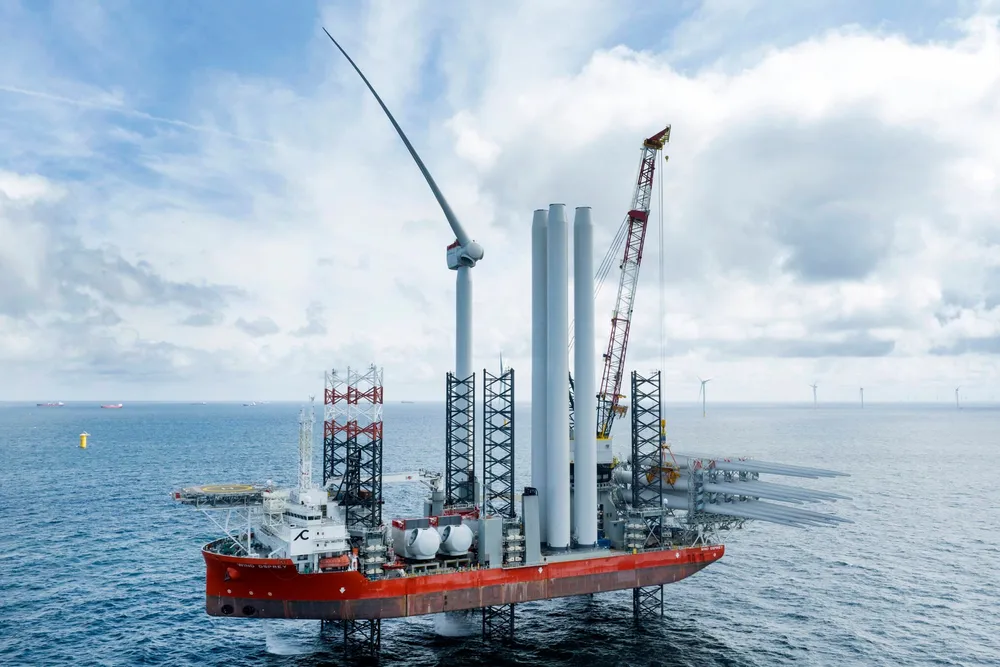Europe’s offshore wind buildout sinks while onshore soars: BNEF
Years of economic challenges for offshore sector and failed auctions begin to bite, but picture is far brighter for onshore market

Europe is set to install the lowest amount of offshore wind for almost a decade this year, according to a new BloombergNEF report – but onshore is on track for an all-time high.
Europe’s offshore wind industry has seen repeated setbacks ever since Russia’s full-scale invasion of Ukraine in 2022 unleashed rising inflation, interest rates and supply chain troubles.
This has all translated into various failed or delayed auctions across the continent, which appears to now be catching up with the sector, according to the latest outlook from clean power research firm BNEF.
Offshore wind build is “set to sink to its lowest level in almost a decade this year,” it said – a measly 1.6GW. It does however expect this to “recover in the second half of the decade,” averaging 8GW from 2026 to 2030, more than double the 2022-2024 average.
For onshore wind in Europe, it’s a different story. New installations will “hit an all-time high of 18GW and continue rising,” averaging 25GW annually from 2026 to 2030. “This reflects nations scrambling to reach end-of-decade targets.”
“Offshore wind is much more CAPEX-intensive than onshore wind”, said Cristian Dinca, wind associate at BloombergNEF and lead author of the report.
“In a market environment where major utilities are decreasing their CAPEX spending plans and most oil majors are pulling back from offshore wind, the profitability of massive prospective offshore investments is under an intense spotlight.”
In the US, whose wind sector had come under attack from the Trump Administration, onshore wind build will hit 7GW in 2025, said BNEF. That’s 25% more than last year, which was the lowest in a decade.
Build in Latin America’s largest market, Brazil, will sink by a third from 2024, as the country continues to struggle with a lack of transmission capacity to send onshore wind power from its windy north down to southern demand centres.
The Middle East and Africa will benefit from subsidy auctions in South Africa and mega projects in Egypt and Saudi Arabia, said BNEF, with around 2.7GW set to come online in the region this year.
Globally, wind energy installations are likely to rise 17% to a record 143GW in 2025, BNEF forecasts. China will account for two thirds of that growth and push the Asia Pacific past 100GW a year for the first time.
Worldwide, around 91% of new wind build this year will come onshore. Cumulative onshore wind capacity is tipped to “more than double” over the next decade to 2.5TW by 2035.
Despite its current struggles in Western markets, offshore wind will grow “even faster, surpassing 100GW by 2026 and quadrupling by 2035.”
Cumulative wind capacity will double to 2TW by 2030 and approach 3TW by 2035.
(Copyright)